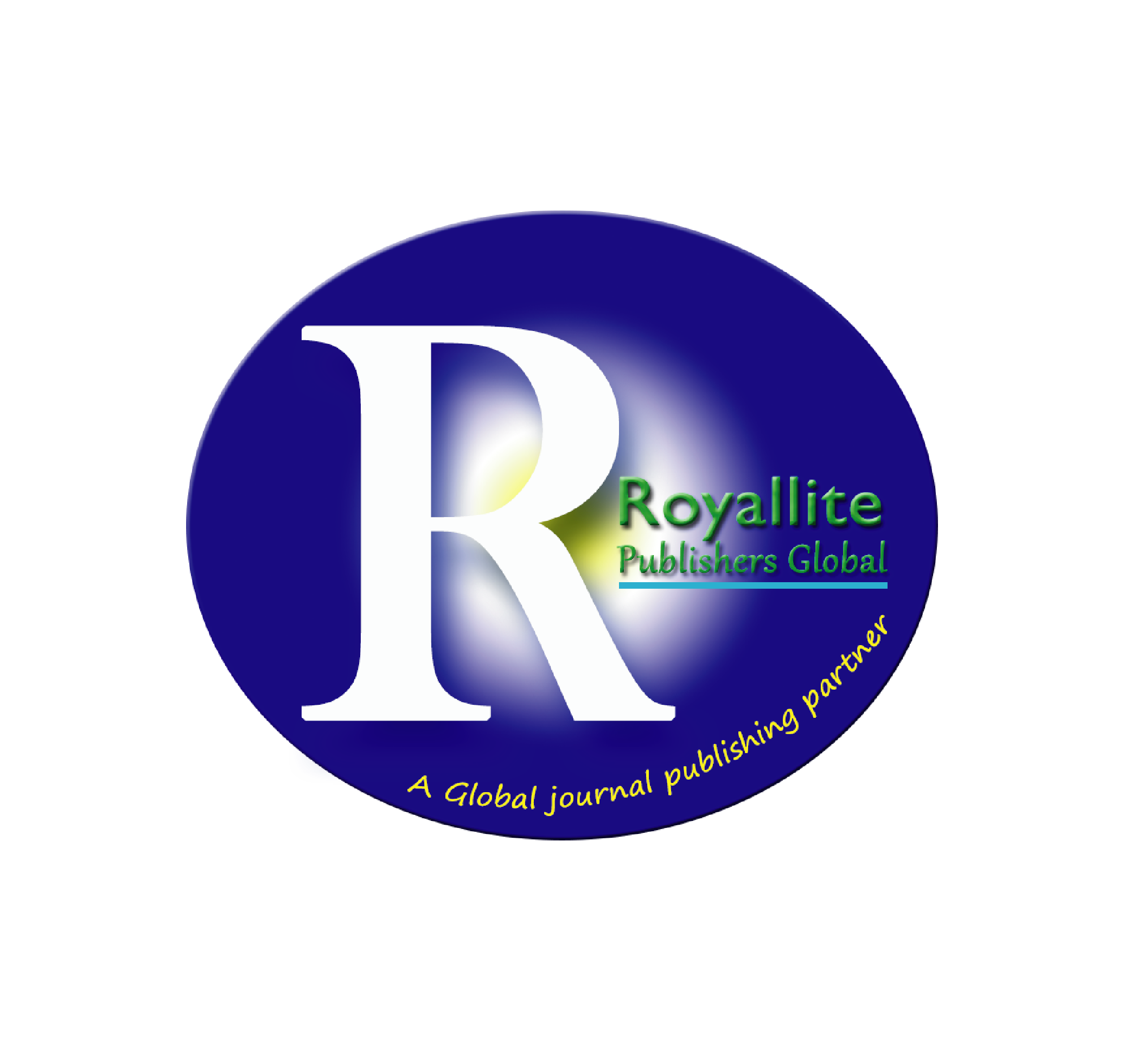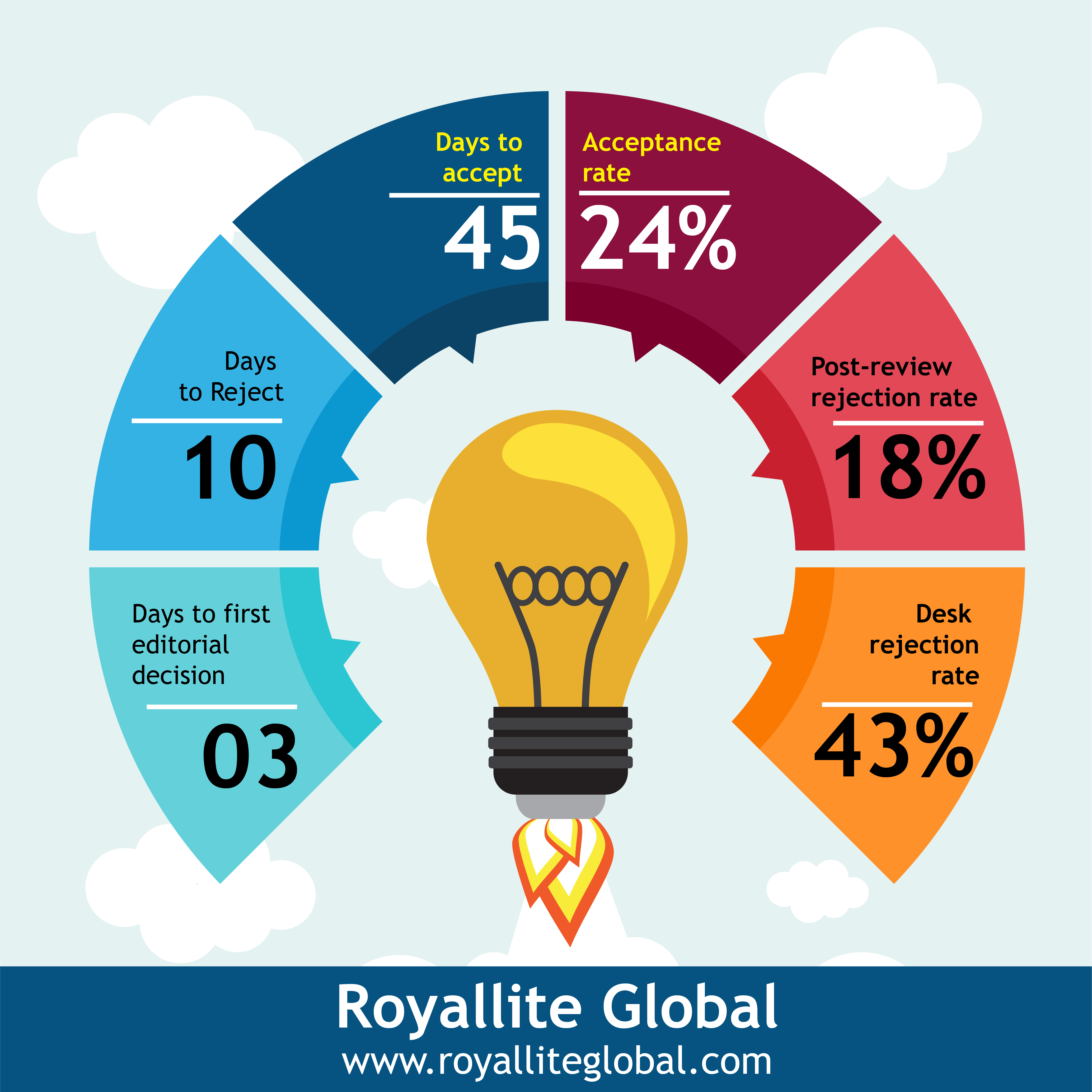Language Distribution and Vitality: The Case of Mampruli among Migrants in the Sekyere Afram Plains District, Ghana
Keywords:
language distribution, language vitality, informal public space, Mampruli, migrants, multilingual communities, Sekyere Afram Plains.Abstract
This study explores language distribution and vitality among migrants in selected communities in the Sekyere Afram Plains District of the Ashanti Region. The main goal of this paper is to determine language distribution and vitality and to account for the choice of Mampruli in the informal public space by migrant settlers in the district. Its analysis of data is done within the general framework of variationist sociolinguistics theory and communication accommodation theory. Fieldworker questionnaire and interview were used to collect data from 150 participants in 20 communities in the district. The study established that Mampruli, Dagbani and Konkomba are the dominant Languages that are used by migrants in the informal public space. Mampruli has become the most vital language used among the three languages and it is even leaking into the public space in certain domains in the entire district to partner Twi. The vitality and the choice of Mampruli by speakers are for social identity. Based on the data analysis, this paper predicts that sooner than later, Mampruli, in addition to Twi will be the most preferred language in the informal public space in the district since most migrants who are not native-speakers of Mampruli have been found to be using Mampruli in various social domains.
References
Agbozo, G. E. (2015). Language Choice in Ghanaian Classrooms: Linguistic Realities and Perceptions, Master’s thesis in English Linguistics and Language Acquisition, Norwegian University of Science and Technology, Trondheim
Amuzu, E. K. (2010). Codeswitching as a Communication of Multiple Identities: Messages from the Ghanaian Context. Presented 13th April, 2010 at the 8th Faculty of Arts Colloquium, University of Ghana
Ansah, A. M. (2014). Language Choice in Multilingual Communities: The Case of Larteh, Ghana. Legon Journal of the Humanities 25 (2014) 37-57, DOI: http://dx.doi.org/10.4314/ljh.v25i1.3
Awoonor-Aziaku, L. (2015). The effect of Englishisation on language use among the Ewe of Southern Volta in Ghana. International Journal of English Language and Literature Studies. Retrieved from www.aessweb.com
Batibo, H. M. (2005). Language decline and death in Africa: causes, consequences and challenges, Clevedon, Multilingual matters, 132.
Bodomo, A., Anderson J. & Dzahene-Quarshie J. (2009). A Kente of Many Colours: Multilingualism and the Complex Ecology of Language Shift in Ghana, Sociolinguistic Studies, 3(3), 357-379
Brokensha, D. (1966). Social change at Larteh, Ghana. Oxford, UK: Clarendon Press.
Fasold, R. (1984). The sociolinguistics of society, Vol. 1, London: Basil Blackwell.
Fishman, J. (1972). Language in sociocultural change. In: Ed. Anwar. S Dil. Stanford: Stanford University Press.
Ghana Statistical Service. (2014). 2010 Population and housing census: Summary report of final results. Accra, Ghana: Ghana Statistical Service.
Giles, H. (1973). Accent mobility: A model and some data. Anthropological Linguistics, 15, 87-109.
Holmes, J. (2013). An Introduction to Sociolinguistics, 4th edition. Chapter 2. London: Pearson.
Hudu, F. (2010). Dagbani-Tongue Root Harmony. A formal account with ultrasound investigation. PHD dissertation. University of British Columbia, Canada.
Issah, S. A. The phonology of Dagbani verbal reduplication. Journal of West African languages, 30(8), 1.
Johnson, B. C. (1973). Language use at Larteh, Ghana: A sociolinguistic study of a bilingual community. (Unpublished doctoral thesis). Northwestern University, Chicago, USA.
Johnson, B. C. (1975). Stable triglossia at Larteh. Patterns in language, culture and society: Sub-Saharan Africa. OSU WPL, 19(1), 93-102.
Labov, W. (1966). The Social Stratification of English in New York City. Washington, DC: Center for Applied Linguistics.
Labov, W. (1990). The intersection of sex and social class in the course of linguistic change. Language Variation and Change 2(1), 205 –54.
Labov, W. (1972). Language in the Inner City. Philadelphia: University of Pennsylvania Press.
Myers-Scotton, C. (1993). Social Motivation for Codeswitching: Evidence from Africa. Oxford: Clarendon Press.
Naden, A. J. (1988). Language, history and legends in Northern Ghana. Ms GILBT, Tamale.
Olawsky, K. J. (1999). Aspects of Dagbani Grammar with special emphasis on phonology and morphology. PHD dissertation. Munich, Lincom.
Owu-Ewie, C. & Edu-Buandoh, D. F. (2014). Living with negative attitudes towards the study of L1 in Ghanaian Senior High Schools (SHS). Ghana Journal of Linguistics 3(2), 125.
Owu-Ewie, C. (2006). The Language Policy of education on Ghana: A Critical Look at the English-Only Language Policy of Education. Selected Proceedings of the 35th Annual Conference on African Linguistics ed. John Mugane et al., 76-85. Somerville, MA: Cascadilla Proceedings Project, 76-85.
Owusu-Ansah, L.K., (1997). English in a multilingual society. English in Ghana. (Eds). Kropp Dakubu: Ghana English Student Association.
Weinreich, U., Labov, W. & Herzog, M. I. (1968). Empirical foundations for a theory of language change. In Winfred P. Lehmann and Yakov Malkiel (eds.), Directions for Historical Linguistics: A Symposium. Austin TX: University of Texas Press, 95-188.
Yevudey, E. (2013). The pedagogic relevance of codeswitching in the classroom: Insights from Ewe-English codeswitching in Ghana. Ghana Journal of Linguistics, 2(2), 1-22.
Young, R. and R. Bayley (1996). VARBRUL analysis for second language acquisition research. In R. Bayley and D. R. Preston (eds.), Second Language Acquisition and Linguistic Variation. Amsterdam: John Benjamins, 253–306.
Downloads
Published
Issue
Section
License
This open-access article is distributed under a Creative Commons Attribution (CC-BY) 4.0 license.
You are free to: Share — copy and redistribute the material in any medium or format. Adapt — remix, transform, and build upon the material for any purpose, even commercially. The licensor cannot revoke these freedoms as long as you follow the license terms. Under the following terms: Attribution — You must give appropriate credit, provide a link to the license, and indicate if changes were made. You may do so in any reasonable manner, but not in any way that suggests the licensor endorses you or your use. No additional restrictions You may not apply legal terms or technological measures that legally restrict others from doing anything the license permits.






